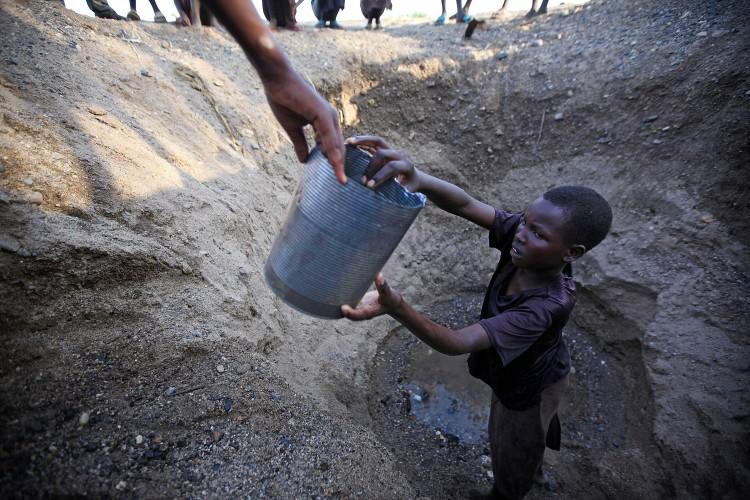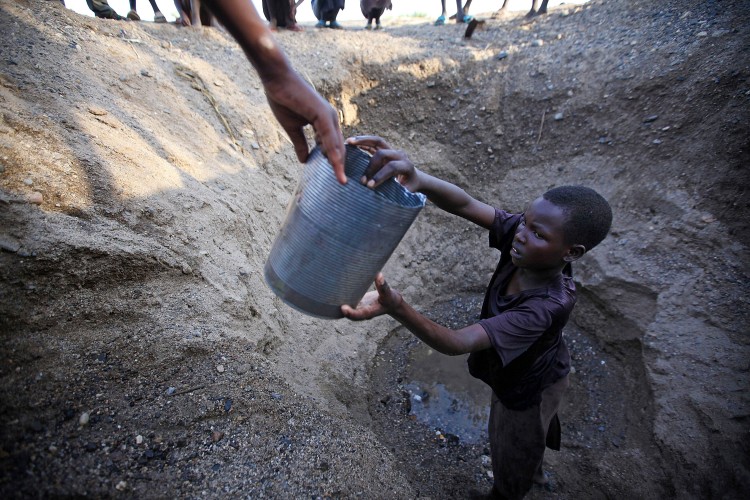Drought, it has the power to devastate a nation, slowly sapping the life force from the land and people. Yet, while the impacts of sudden natural disasters such as earthquakes and hurricanes are closely monitored, little is known about the impact of large-scale drought, according a United Nations report released earlier this month.
According to the U.N., millions of lives around the world are at risk if better data on drought is not collected and more is done to mitigate the impact.
African nations in the Horn of Africa currently face the worst drought in decades, with 11 million people in need of lifesaving assistance.
According to the U.N. report, drought can only partly be attributed to erratic rainfall. Behind drought devastation there is often a complicated mix of poverty, weather, resource mismanagement, and other factors contributing to the drought’s impact.
And, despite accruing indicators that droughts can endanger populace, “few countries have developed drought risk management policies,” according to the U.N. Global Assessment Report on Disaster Risk Reduction.
Unlike other natural disasters, measuring drought is a complex task that requires composite indices that evaluate different factors, including rainfall, soil moisture, temperature, soil and crop type, streamflow, groundwater, and snow pack.
While experts agree on how to research drought, the required data is “available only in a handful of countries at present,” according to the U.N. report.
Impact of Drought
According to a study release last month by the Consultative Group on International Agricultural Research (CGIAR) parts of Latin America, Africa, India, and China are most at risk from drought.
The study found that in fewer than 40 years, shorter, drier growing seasons could endanger hundreds of millions of poor in Africa and South Asia, and possibly in China and Latin America as well.
At-risk regions are those where farmers are already struggling and depend on the fate of local crops and livestock, says Polly Ericksen, a senior scientist with CGIAR in Nairobi, Kenya, and lead author of the study. According to Ericksen such areas are especially at risk becasue they lack the resources to handle changes in weather patterns.
CGIAR is working at its centers around the world to breed “climate ready” crop varieties that can handle harsher conditions and still produce high yields.
By the mid-2050s, in parts of West Africa, India, and China, where there are a total of 56 million crop-dependent people, daily highs during the growing season could exceed 86 degrees Fahrenheit. Temperatures above this level will cause maize and rice yields to suffer; beans also can not tolerate temperatures much beyond 86 degrees says CGIAR.
A study last year published in Nature, found that each day spent above 86 degrees Fahrenheit reduced African maize yields by 1 percent, despite the crops receiving optimal amounts of rain.
Some areas, such as parts of east and southern Africa, may no longer be able to rely on maize as a staple crop if temperatures grow too hot, according to CGIAR. They may need to shift to other foods, such as the grain sorghum or the starchy cassava root, to meet food needs.
The study also found that farmers may need to incorporate livestock, in addition to crop cultivation, to keep up and grow food production.





Friends Read Free